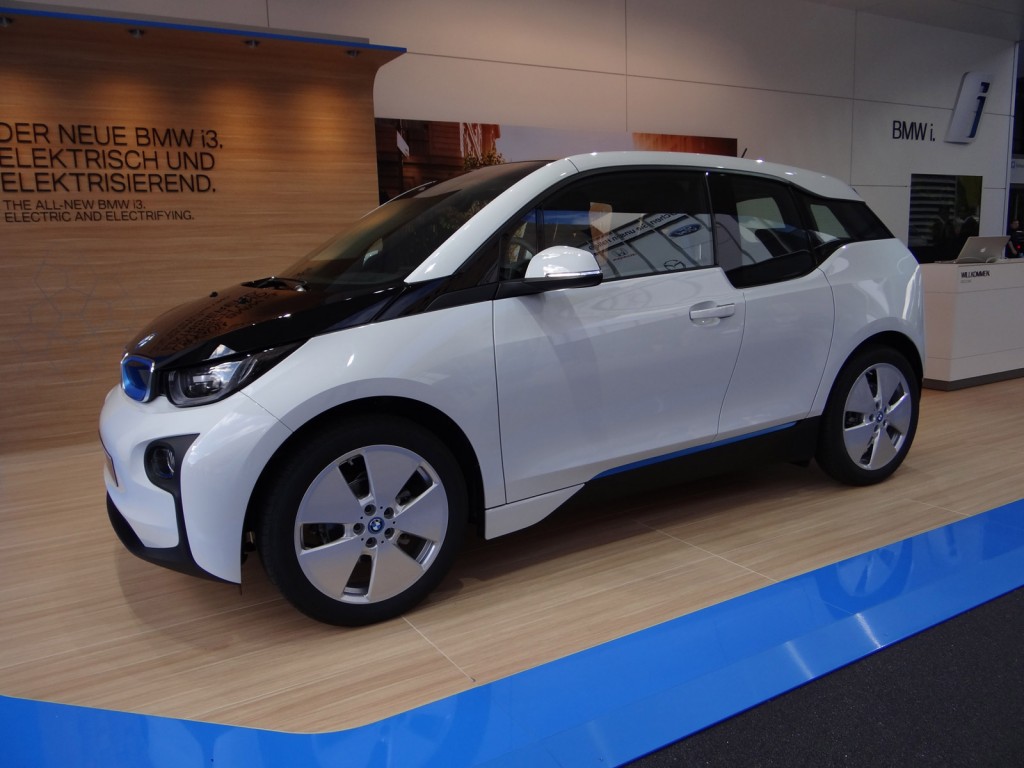While its light weight helps raise fuel economy in vehicles, carbon fiber has its critics.
An often-long supply chain has led some to question the material's environmental benefit.
Recently, BMW defended the carbon footprint of carbon fiber in a recent WardsAuto article.
MORE: 2014 BMW i3: First Drive Of BMW's Radical New Electric Car
The German carmaker is betting heavily on carbon fiber. It recently announced that it will triple production at its plant in Moses Lake, Washington, that makes carbon fiber for the 2014 i3 electric car and 2015 i8 plug-in hybrid coupe.

2014 BMW i3, 2013 Frankfurt Auto Show
BMW head of purchasing Klaus Draeger told Wards that while the carbon footprints of components like the i3's carbon fiber-reinforced plastic (CFRP) and aluminum structure, and its lithium-ion battery pack, are higher than those of a conventional car, the increase is more than offset by the lower lifetime energy use of the completed i3.
Building the i3's CFRP body shell requires more energy than conventional stamped steel bodies, and the material has to be shipped from Washington state to Germany.
Draeger said BMW chose a location so far from the Leipzig plant that builds the i3 for several reasons, including access to clean hydro-electric power from the Columbia River (which is also far cheaper than green energy in Germany).
A 2013 fact sheet from the Port of Moses Lake claims an average rate of $0.03 per kilowatt-hour for industrial power, compared to the U.S. residential average of about $0.12, and an estimated $0.30 rate per kWh in the Berlin region near Leipzig.

BMW M3 Carbon Racing Technology (CRT) Edition
Despite the complex production process, BMW believes the i3's electric powertrain will reduce overall emissions over the vehicle's lifespan.
The company previously said that the lifetime emissions of an i3 are just two-thirds those of a diesel BMW 118d when recharged on the average European grid mix, while using entirely renewable sources to charge the electric car cuts that to 50 percent of the lifetime carbon emissions of the diesel.
This debate highlights the increasing importance of the energy used to make cars.
As cars get more efficient, the energy used to build them--and their thousands of parts--is starting to represent a higher proportion of their lifetime carbon footprint.
That means carmakers may have to be just as creative when it comes to increasing efficiency in the factory as they are when it comes to increasing the efficiency of the cars that roll out of it.
_______________________________________________











